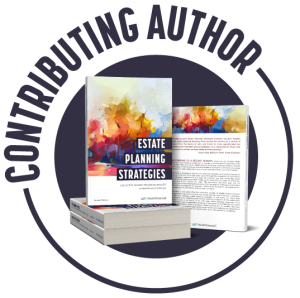An 85-year-old Idaho mother, after an intruder apparently gave her a bloody strike in the head while she lay in bed and then handcuffed her to a chair in her living room, dragged herself (along with the chair) back into her bedroom to retrieve a .357 magnum revolver. When the intruder returned from searching for safes downstairs, she shot him twice to defend herself and her disabled son.
This is an heroic case of defensive gun use by an octogenarian female.
It’s also timely because I’ve been hearing a lot of misinformation lately about use of firearms by octogenarian females. And it seems to be coming, ironically, from some young female instructors who are pushing the idea that women need female instructors. Just in the last few weeks, both in person and online, i’ve encountered several of these female instructors saying that women in their eighties cannot handle true defensive calibers like 9mm or .45ACP, and recommending instead .22 magnum or perhaps even .22LR. I’ve tried to explain that with proper grip and stance, women in their eighties should be able to control recoil well enough to handle even a .45ACP. I know they can as i’ve often seen it, at Front Sight and also among my own students. Definitely they can handle a 9mm.
Training someone to respond with a .22 is tantamount to training them for murder. Such training is actually evidence of intent to kill, which is an element of murder, rather than the mere intent to stop an attack defensively. A .22 is not likely to stop an attack unless it hits in the cranio-ocular cavity (“between the eyes”), where it will almost certainly kill. Defensive training anticipates shooting center-of-mass using a defensive caliber with adequate stopping power. Typically that means a controlled pair of fight-stopping center-of-mass hits with a minimum caliber of .38 or 9mm. (.40 or .45ACP would be recommended for those who can handle the recoil with proper grip and stance.)
This particular lady suffering the home invasion shot her attacker not once but twice with a .357 magnum revolver, which has quite a bit of recoil, more than a .45ACP especially if it had a decent sized barrel. A semi-auto chambered in 9mm or even .45ACP is going to have less felt recoil because of the energy used in reloading the weapon automatically with recoil spring and slide. The lady was hit with return fire several times, but was treated and released. Maybe if she had used a larger bullet, she could have avoided that return fire. You want to maximize stopping power while harnessing and controlling (not necessarily minimizing) recoil as much as possible, through proper grip and stance. While speed is a factor in kinetic energy, a larger bullet (especially if hollowpoint) will likely cause much more damage and hydrostatic shock.
In this case, the lady engaged while handcuffed to a chair, which means she could not have used any of the popular stances or even a two-handed grip to control recoil, which makes what she did all the more amazing. It’s frankly amazing given the stress of the encounter and her age and the felt recoil of a .357 magnum revolver, that the gun didn’t fly out of her hand with the first shot. Imagine what octogenarian females can do if not handcuffed!
One of the female instructors I’m thinking of was actually running a CRPA meeting I spoke at, and was agreeing with other attendees that women in their eighties could not train to use semi-auto for various reasons in addition to the recoil being supposedly greater (though it’s actually less with semi-auto). She was dismissive of the idea of training for grip and stance to control recoil, and frankly did not seem to understand the need for such training. She and other attendees were saying that semi-auto slides were too difficult to operate for elderly female hands. When i pointed out that the recoil springs in 1911 platform semi-autos (available now in 9mm as well as .45ACP) are far less stiff than those in internal striker fire platforms such as Glocks, she and other attendees countered that 1911’s were too big for elderly female hands, apparently oblivious to the existence of smaller 1991 styles such as “officer” size, which is commonly used for concealed carry and has dimensions similar to a Walther PPK, perfect for small hands. Felt recoil can also be minimized by choosing an all-steel version for the added weight, which should be no problem at all for an elderly woman who can hit an attacker twice with a .357 magnum revolver.
The main drawback of 1911’s of course is that they require more training than you might get away with on other platforms. But anyone contemplating use of firearms for defense should frankly be getting at least that level of training and dry practice regularly. There is no reason a responsible and reasonably healthy octogenarian female cannot meet and exceed this standard of training.
Training associated with gun rights organizations is usually inferior because the priority is politics and everything takes a back seat to that. Hence the pandering to feminists and to female instructors with the goal of outreach more than quality training.








